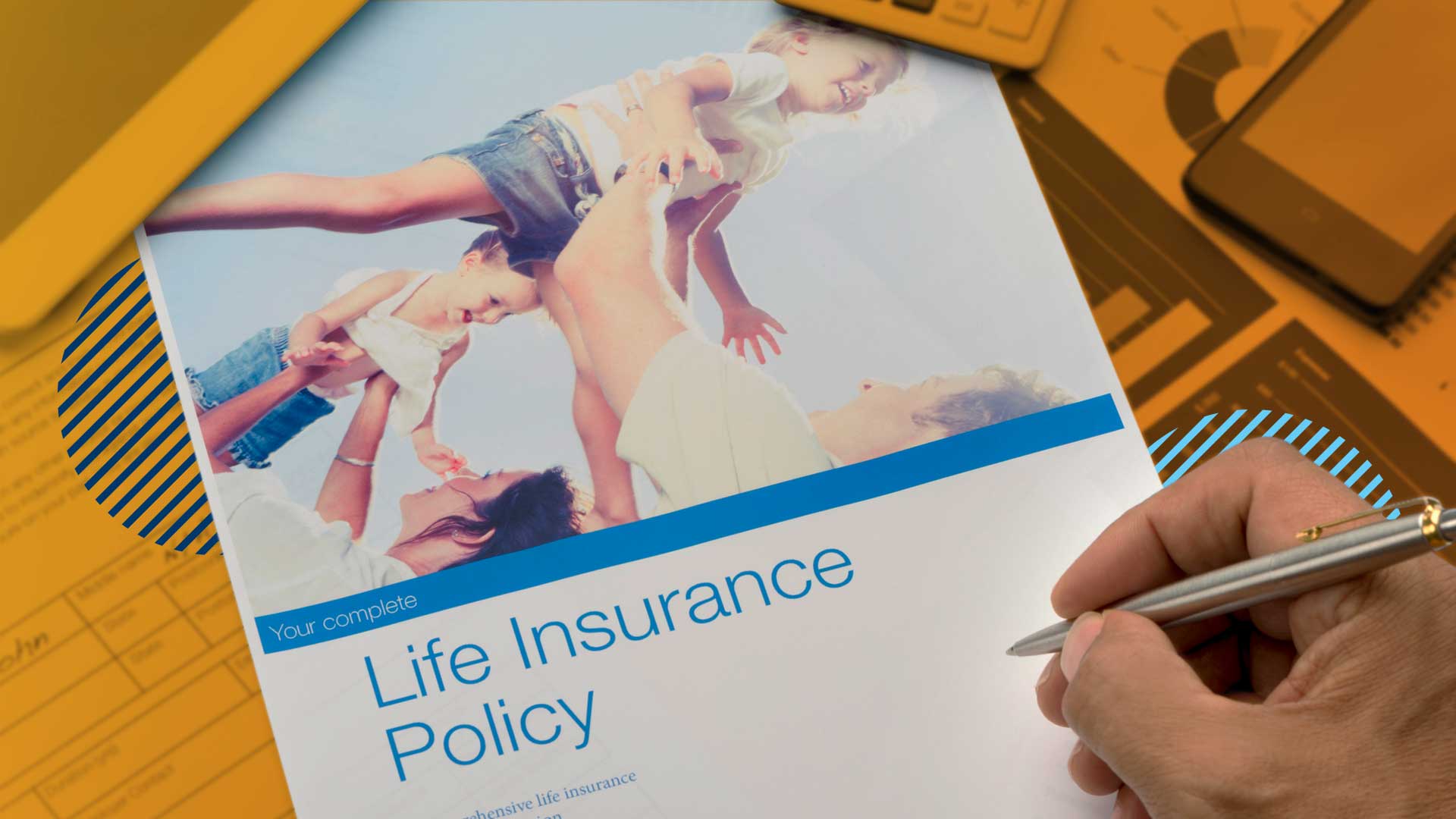
Some of the links on this page may link to our affiliates. Learn more about our ad policies.
How Does Life Insurance Work?
Updated on: August 2022

Financial security – that peace of mind that comes with knowing you have the fiscal resources to cover the expenses of life – means more than just having money to cover emergencies or your future goals. Often, when we are doing financial planning, we tend to think about what is needed for expenditures within our own lifetime. But what if something happens to you? How will your loved ones manage financially if you – and your income – were not around anymore? Life insurance is the solution to this troubling situation, so it’s important to understand how life insurance works so you can make the right choices for your family.
This article will outline the basics of life insurance. Consult your financial advisor or insurance broker for details about your specific situation.
Find What You Need
What is Life Insurance?
In its simplest form, life insurance pays cash to those who depend on your income if you die. Also known as a death benefit, this cash settlement replaces your income and/or the ways you support your household in non-monetary ways. These funds can be used to help pay for immediate and ongoing costs like funeral charges, daily expenses, housing-related fees like a mortgage or rent, loans, or to help keep a business afloat. Life insurance is the best way to ensure that your loved ones would be in a good financial place if you and your income were no longer in the picture. It gives you peace of mind while you are alive and protection for your family when you are gone.
How Does Life Insurance Work?
Life insurance is a contract with between you and an insurance company where you agree to make regular payments (called premiums) to them and then they pay out to your beneficiaries when you pass away. The size of that payout is determined by the details of the life insurance product you select. Benefits are generally paid out after beneficiaries submit a death claim and most states allow insurance companies a 30-day period to review the claim.
Life insurance policies can vary in cost. Four main factors come into play to figure out what a life insurance premium would be for you are: your age, your health, the type of policy you choose (see below) and how much coverage you are seeking. The rule of thumb is the younger and healthier you are, the less the cost of the coverage.
What Are The Two Main Types of Life Insurance?
Life insurance generally fits into two categories. The one that is best for you depends on your needs and it may even be a combination of products:
Term Life Insurance
Term life insurance provides coverage for a specific period of time typically a “term” of five to 30 years. If the policyholder dies within that time period, benefits are paid out to beneficiaries. If not, they expire, or can be renewed or transitioned to another type of coverage. This category is what most people think of when they start to explore coverage. Term life insurance is a good choice if you only need to be covered for a specific amount of time (say until the children graduate from college, or your mortgage is paid off). Term insurance usually offers the most coverage for the lowest initial premium.
Permanent Life Insurance
Permanent life insurance provides lifelong protection that does not expire for as long as you pay the premium. It allows for “living benefits” that access the policy’s cash value to be used for expenses such as the down payment of a home or other big expenses like health care needs. Consider it a built-in savings component that allows for the investment of the cash value. The two main forms of permanent life insurance are whole life and universal life. [Link to What Are The Different Types of Life Insurance article.]
How Much Coverage Do I Need?
The amount of coverage that you may need depends on who you want to protect and for how long. At different stages in your life, these questions might have very different answers. Needs for young families are not the same as those who are later in life without young kids at home. Financial planners usually recommend having life insurance that equals between 10 to 15 times your gross income. Many organizations have calculator tools to help you get a picture of how much coverage you may need. The website LifeHappens.org www.lifehappens.org is a good place to start. This not-for-profit organization’s mission is to help educate people on the importance of insurance and how to access coverage.
Do Life Insurance Needs Change?
Over time, your life insurance needs can change. If you initially set up your life insurance so that the kids’ college education and the mortgage on the house would be paid for if you died, those specific need may no longer be applicable. Reassess your situation periodically – are you worried about funeral costs or taking care of an elderly parent? – and match your life insurance to your current needs. When you understand how life insurance works, you see that it can make a big difference in the financial and emotional security of you and your family. A financial planner or an insurance broker can help determine which type of coverage and how much would suit your specific situation best.




